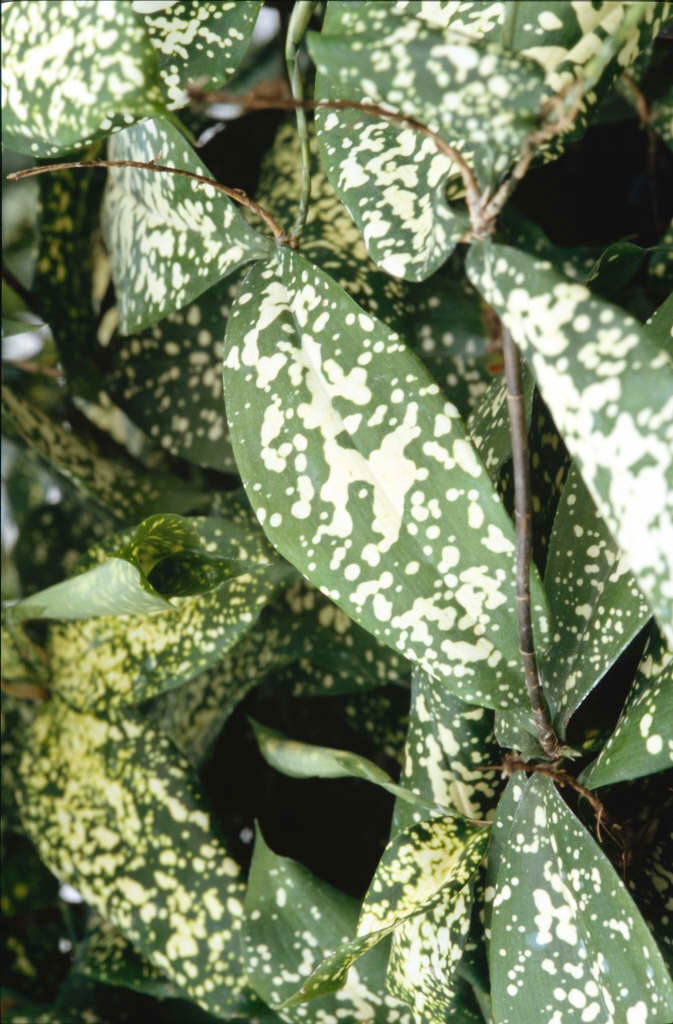Size
Ultimate height
0.5–1 metresTime to ultimate height
10–20 yearsUltimate spread
0.5–1 metresGrowing conditions
Moisture
Moist but well–drainedpH
Acid, Alkaline, NeutralColour & scent
| Stem | Flower | Foliage | Fruit | |
| Spring | Cream Green | |||
|---|---|---|---|---|
| Summer | Cream Green | |||
| Autumn | Cream Green | |||
| Winter | Cream Green |
Position
- Full sun
- Partial shade
Aspect
West–facing or East–facing or South–facing
Exposure
Sheltered Hardiness
H1BBotanical details
- Family
- Asparagaceae
- Native to GB / Ireland
- No
- Foliage
- Evergreen
- Habit
- Bushy
- Potentially harmful
- Pets (dogs, cats, rabbits, rodents): Harmful if eaten. For further information and contact numbers regarding pets, see the HTA guide to potentially harmful plants
- Genus
Dracaena are evergreen trees, the few branches bearing linear to lance-shaped leaves often crowded towards the tips; on mature plants, small greenish-white flowers may be followed by orange or red berries
- Name status
Accepted
How to grow
Cultivation
Under glass/indoors grow in peat-free, loam-based potting compost in full light with shade from hot sun and with moderate humidity. Water freely and apply a balanced liquid fertiliser monthly from spring to autumn and water sparingly moist in winter. See Dracaena and houseplant cultivation for further advice
Propagation
Propagate by semi-ripe cuttings or leafless stem sections in spring with bottom heat
Suggested planting locations and garden types
- Patio and container plants
Pruning
No pruning required. If growth is weak, plants can be cut back to within 15cm of the base in spring.
Pests
May be susceptible to glasshouse red spider mite and scale insects under glass
Diseases
Generally disease-free
Get involved
The Royal Horticultural Society is the UK’s leading gardening charity. We aim to enrich everyone’s life through plants, and make the UK a greener and more beautiful place.
